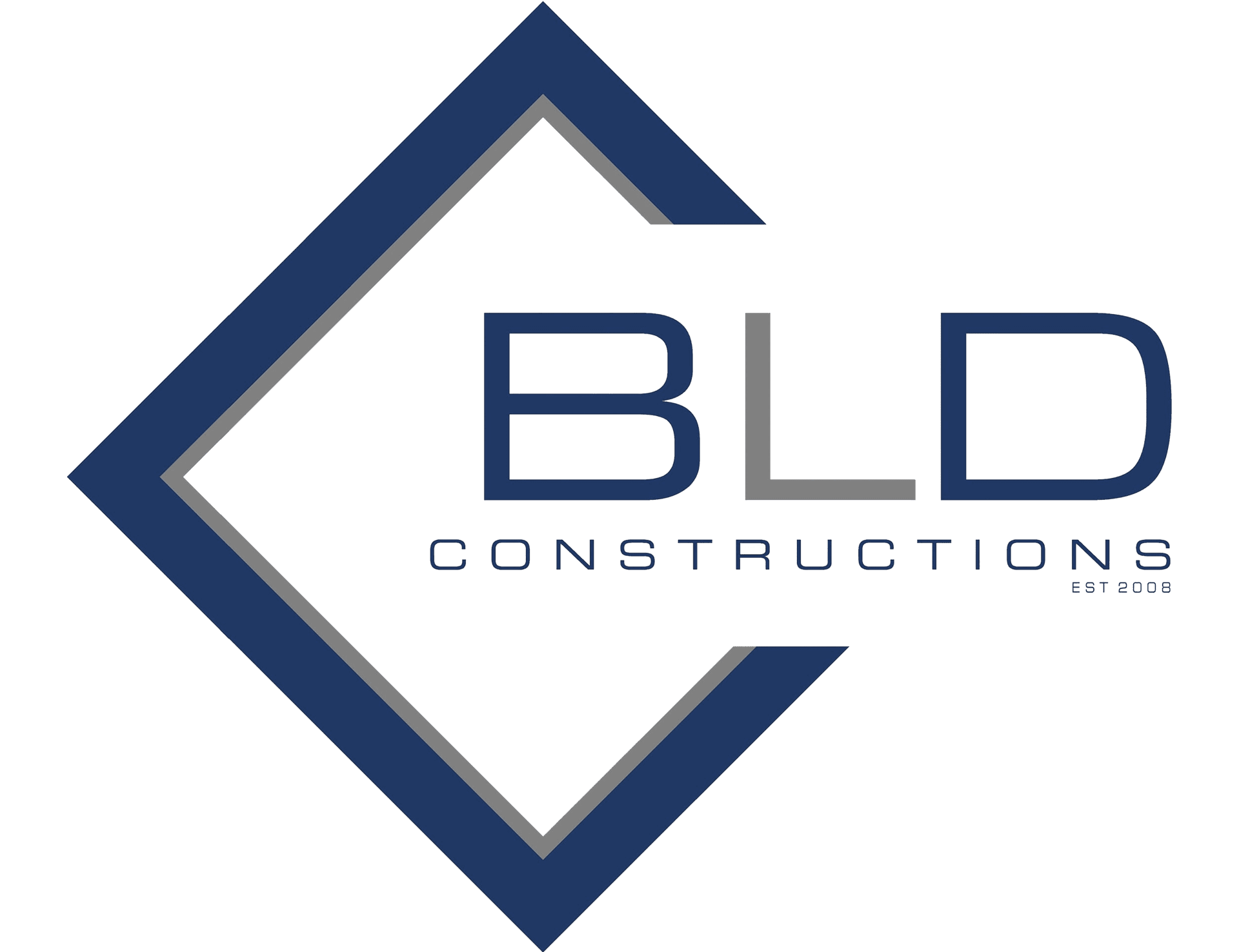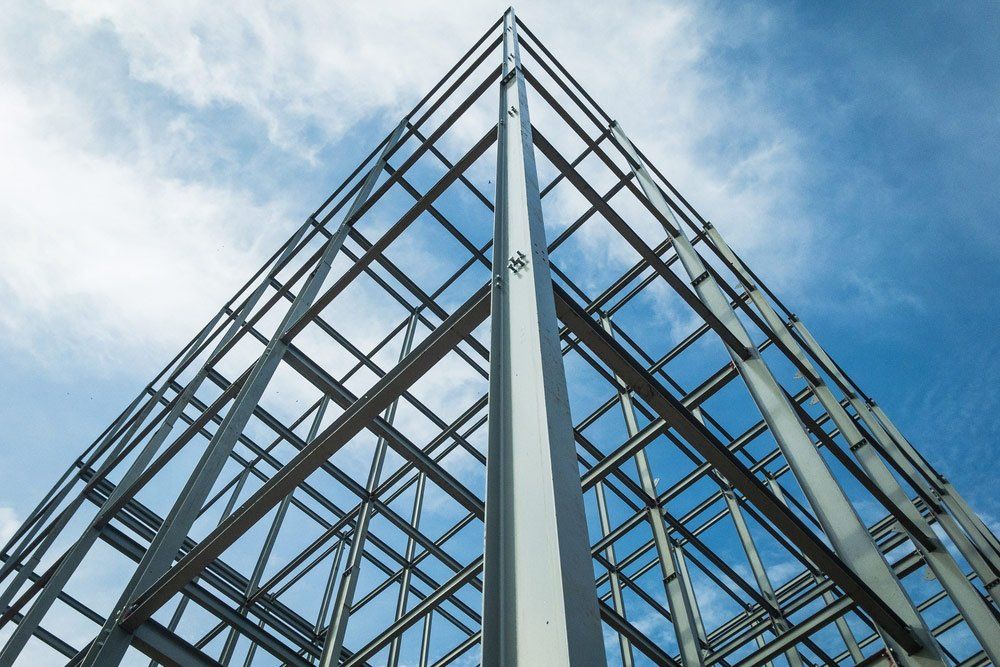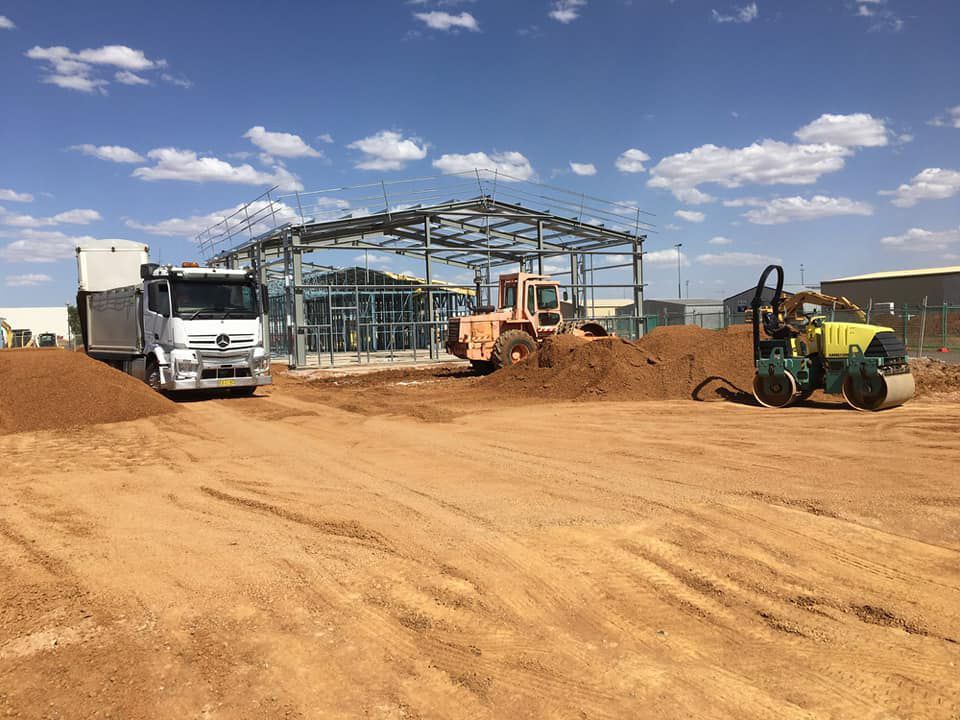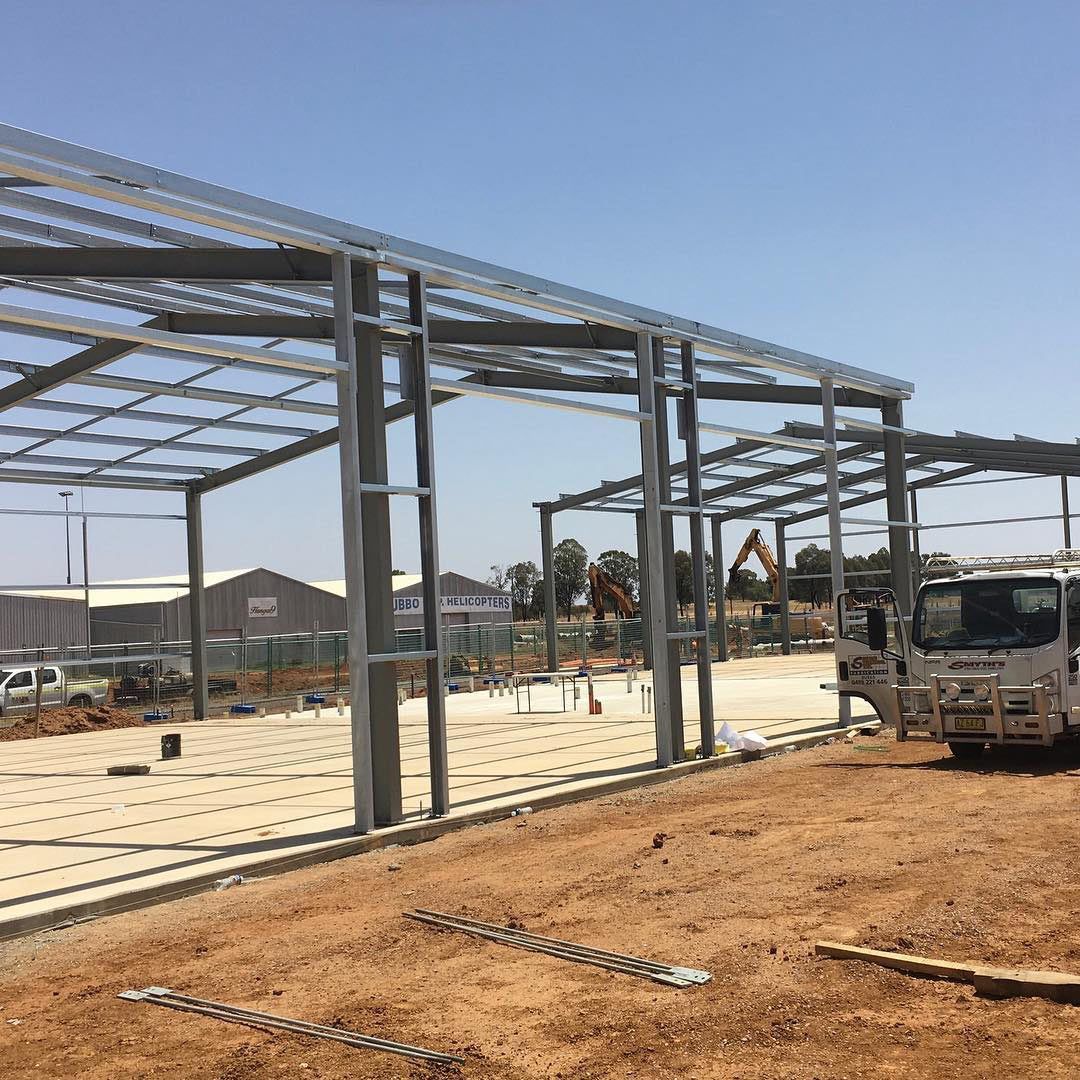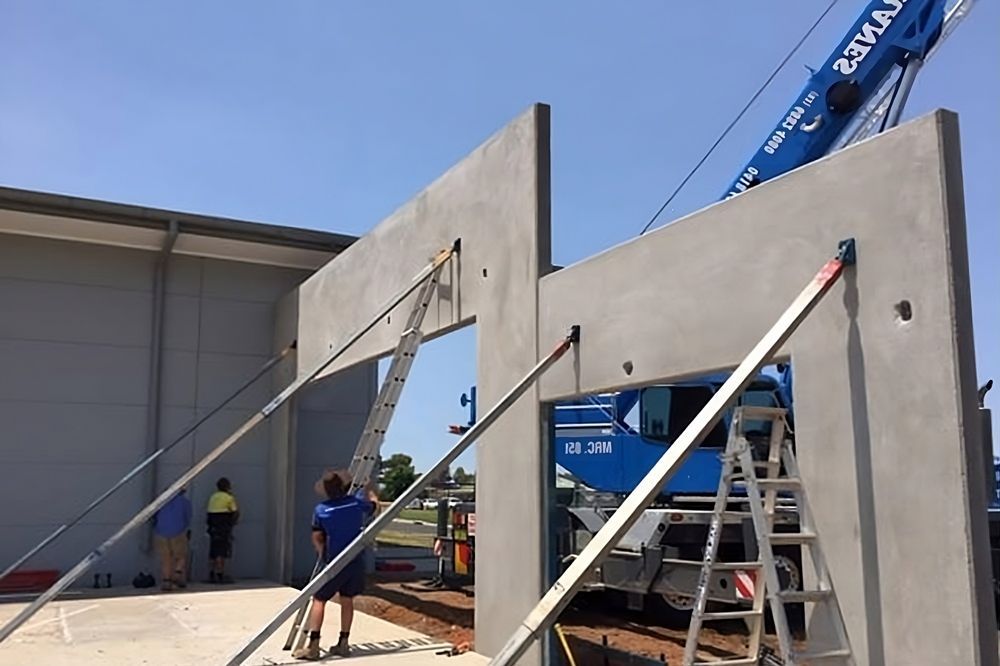The Different Steel Grades Used In Industrial Construction
With such a variety of materials available to use in construction, it's important to have a good understanding of the different grades and attributes to ensure you choose the most suitable one. In commercial and industrial construction, structural steel is one of the most widely used materials. But the real question is why? And firstly, what is it?
What Is Structural Steel?
Structural steel is a type of carbon steel. By weight, it has a carbon content of up to 2.1% and its versatility makes it very attractive to engineers. It comes in various shapes and designs and is adaptable, so it's the most accessible and useful material for industrial construction.
Different Types Of Steel Grades
The standards of steel are based on grades, which provide very specific guidance on compliance, such as which materials can be used for what purpose. There are 4 grades available, which are:
- A36
- This is a low-carbon, low-cost steel known for its machinability and yield strength. A36 can be expanded to about 20% of its original length and is commonly used for beams, columns, finishing elements and decking. It's not used for reinforcement.
- A572
- This is a high-strength, low-alloy steel (HSLA) known for its weldability. It has a similar tensile strength and yield to A36, but it's better suited for applications with a higher strength per weight ratio. A572 is also lighter, making it a popular material for bridges, roller coasters and transmission towers.
- A588
- This steel grade has a higher tensile strength and yield than both A572 and A36. Another feature that differentiates it from the former grades is its atmospheric corrosion resistance, making it suitable for outdoor use where longer life cycles are necessary.
- A514 - This is a high-performance structural steel, coping well at low atmospheric temperatures and offering good weldability. With a very high yield strength, A514 is commonly used in cranes and other high-wear machine applications to support heavy loads.
Important Attributes Of Structural Steel
No matter the structure, a significant quality of steel is its potential to absorb energy. There are three important attributes of structural steel which support and further its wide range of functionality and versatility. These are:
- Yield strength: the minimum force needed to permanently deform the material (the point at which it permanently bends). Load-bearing material = more than 35,000 psi. Non-loading material = minimum yield strength requirement of 33,000 psi.
- Tensile strength: the maximum stress that a material can endure before permanent failure (the point at which it permanently breaks). Ordinary tensile strength = 36,000 – 50,000 psi but can reach up to 58,000 – 70,000 psi.
- Elongation: the degree of elasticity before it ruptures. The greater the tensile strength, the less it will elongate under stress.
The complexities of industrial construction require a lot of thought and consideration. Even with such an advantageous material as structural steel, there are still many factors to consider. For more information and advice, contact the team at BLD Constructions today.
